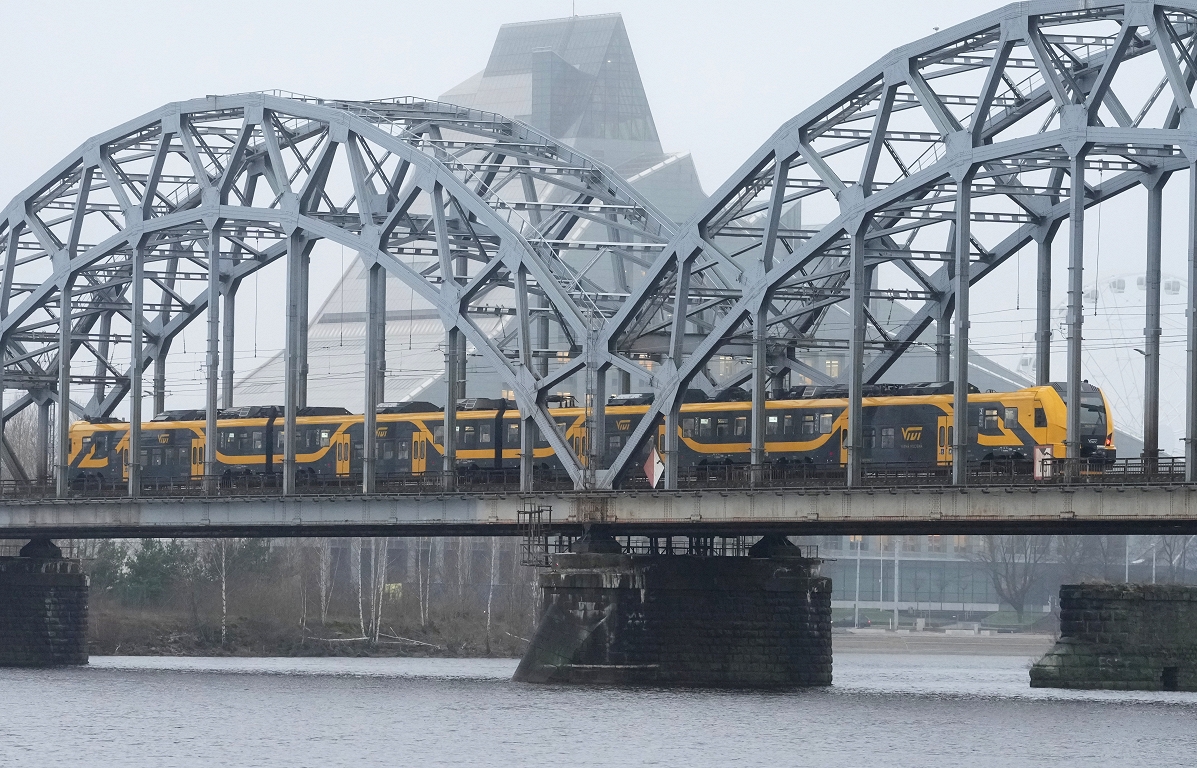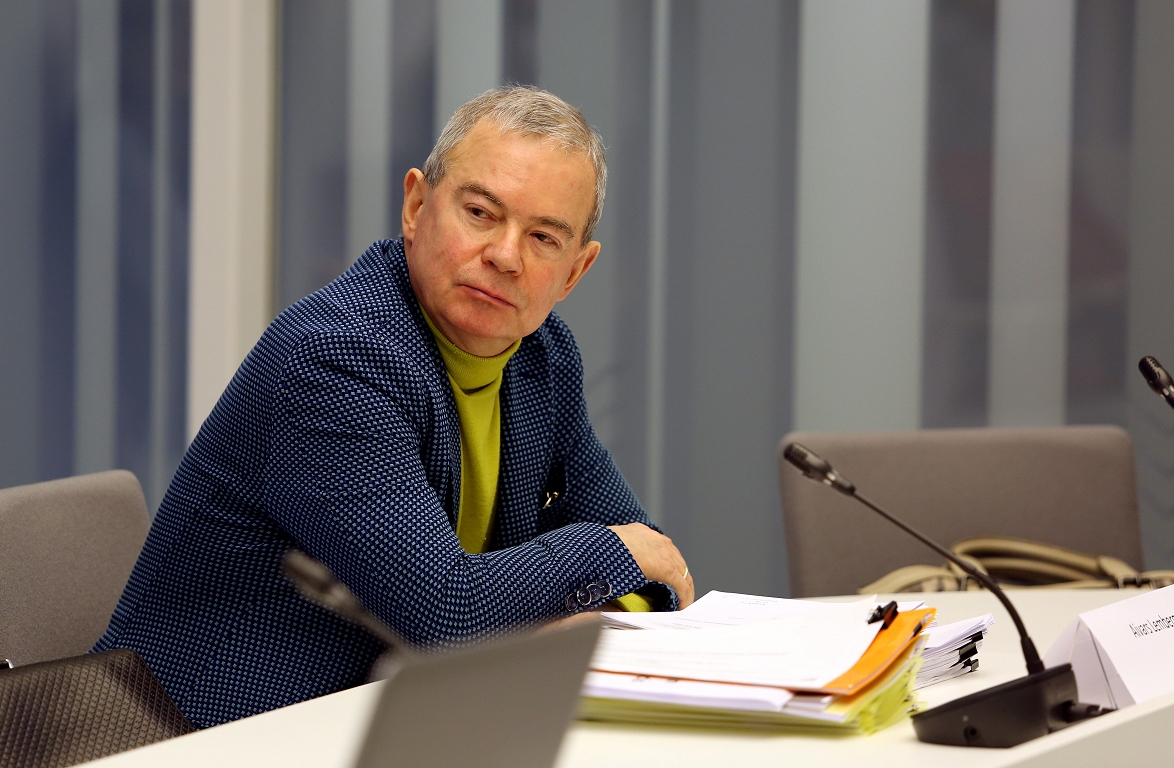In the event of a war on Rail Baltica a day, up to 100,000 people / day could be transported

It follows from the presentation of the MoU that the first cross-border connection of the project from the Polish-Lithuanian border to Tallinn/Muga would cost a total of EUR 15.3 billion in all three Baltic countries. The first round in Latvia provides a basic racing from the Latvian-Lithuanian border to the Estonian-Latvian border. In this round it is planned to complete the construction of the Riga Airport terminal and the southern part of Riga Central Station, as well as to build cargo loading/unloading sites in Iecava and Salaspils for military mobility.
The expected impact on military logistics in armed conflict and at peace in the first phase shows that the emergency transport of the Rail Baltica population in the military conflict would be up to 98,000 people per day, while the capacity of freight was up to 55,000 tonnes per day.
Gatis Silovs, Director of the SM « Rail Baltica » project department, said in the Saeima Commission that it is planned to place a ramp in Iecava at the point of loading/unloading to load military cargo. This would be the first place to land from the Polish train and deliver the military cargo to the destination, accordingly.
In Salaspils, it is planned to create a full -scale logistics terminal with a civil and military part. Taking into account that Salaspils is on the other side of the Daugava, the European Union is only funded from the Lithuanian border to the Daugava. Further connection needs to look for sources of funding, Silov said.
The parliamentary secretary of the Ministry of Defense (MoD), Liene Gater, informed that the military needs defined by the defense department were military mobility from the beginning of the project concept to carry armored vehicles.
Aigars Mikiško, Director of the AM Crisis Management and Standing Department, said at the commission meeting that, from a military mobility point of view, the critical element of this project is the Salaspils logistics center, as it is necessary to be able to receive military cargo quickly in Latvia. « Let us solve the formation of a bottle of neck in the Suwalks corridor, but in Latvia the cargo stops and no one is able to load them quickly. It is also the element that is most interested in our allies, » Mikiško emphasized.
At the same time, Mikiško pointed out that the infrastructure and capacity currently available in NATO planning. « Of course, its future is marked as a vision with a pencil that we will develop capacity, and we have discussions with NATO colleagues, where we inform about the project development status, » the AM spokesman added.
Einārs Masalskis, the head of the National Armed Forces (NAF) Joint Headquarters Security Planning Department, confirmed to the commission that the Rail Baltica project is part of the national defense plan, although the plan is not « as a letter ».
Latvia is the country hosting the Alliance forces and is defined in the National Defense Plan and the National Defense Operational Plan. It stipulates that during the crisis and threat, the enemy – Russia prepared for an invasion – must be able to arrive in Latvia during the appropriate period of time to prevent the attack.
« Therefore, when Latvia is making its own plans, the time will be evaluated by ally forces. We know about how long we receive the relevant threats as indications, so all ways to transport ally forces are used, » explained the NAF spokesman.
If Rail Baltica is built, it would reduce the risk that Allied forces are unable to arrive in Latvia not only in Latvia but in the common defense space of the Baltic States. At the same time, the NAF forms its plans according to the existing infrastructure, and the Alliance also creates plans for the existing infrastructure, Masalsky emphasized.
In 2020, LETA wrote that at that time the draft National Defense Concept prepared by the Ministry of Defense said it was necessary to adapt Rail Baltica to military purposes, including the construction of the railway branch to the Adazi military base. Today, in the Saeima Commission, the SM officials, in response to the question of Raimonds Bergmanis, chairman of the commission, confirmed that the first phase did not planned the branches to the Adazi base and the Selonian landfill.
The Rail Baltica project envisages the creation of a European standard railway line from Tallinn to the Lithuanian -Polish border so that the Baltic States can be further connected to other European countries. It is planned to build a new, 870 -kilometer European railway line (1435 mm) railway line with a maximum speed of 240 kilometers per hour.
There are still increased risks related to the construction of the Rail Baltica railway project, and the previous project funding model is no longer sustainable, according to the Fiscal Discipline Council’s supervision in the interim report on the Latvian fiscal structural plan developed by the Ministry of Finance for 2025-2028.








